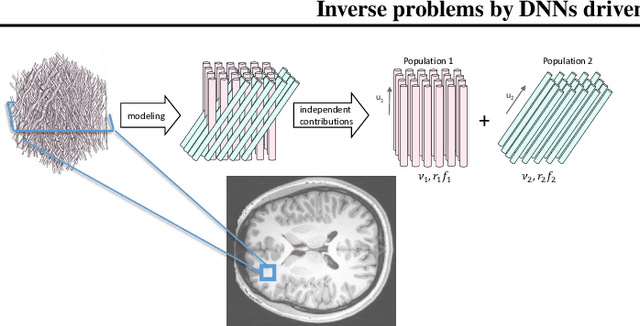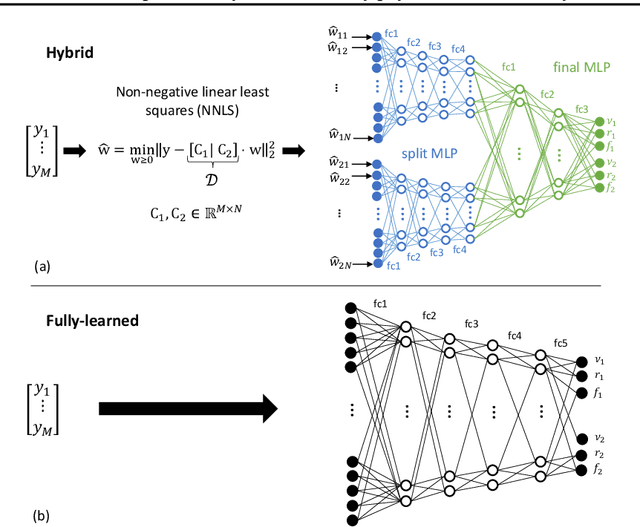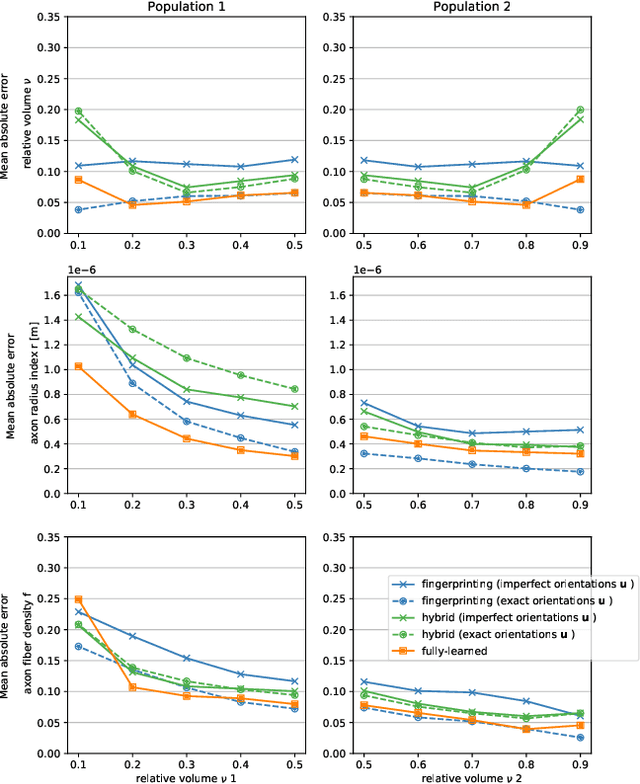Gaetan Rensonnet
From RAGs to riches: Using large language models to write documents for clinical trials
Feb 26, 2024Abstract:Clinical trials require numerous documents to be written -- protocols, consent forms, clinical study reports and others. Large language models (LLMs) offer the potential to rapidly generate first versions of these documents, however there are concerns about the quality of their output Here we report an evaluation of LLMs in generating parts of one such document, clinical trial protocols. We find that an offthe-shelf LLM delivers reasonable results, especially when assessing content relevance and the correct use of terminology. However, deficiencies remain: specifically clinical thinking and logic, and appropriate use of references. To improve performance, we used retrieval-augmented generation (RAG) to prompt an LLM with accurate up-to-date information. As a result of using RAG, the writing quality of the LLM improves substantially, which has implications for the practical useability of LLMs in clinical trial-related writing.
Solving inverse problems with deep neural networks driven by sparse signal decomposition in a physics-based dictionary
Jul 16, 2021



Abstract:Deep neural networks (DNN) have an impressive ability to invert very complex models, i.e. to learn the generative parameters from a model's output. Once trained, the forward pass of a DNN is often much faster than traditional, optimization-based methods used to solve inverse problems. This is however done at the cost of lower interpretability, a fundamental limitation in most medical applications. We propose an approach for solving general inverse problems which combines the efficiency of DNN and the interpretability of traditional analytical methods. The measurements are first projected onto a dense dictionary of model-based responses. The resulting sparse representation is then fed to a DNN with an architecture driven by the problem's physics for fast parameter learning. Our method can handle generative forward models that are costly to evaluate and exhibits similar performance in accuracy and computation time as a fully-learned DNN, while maintaining high interpretability and being easier to train. Concrete results are shown on an example of model-based brain parameter estimation from magnetic resonance imaging (MRI).
 Add to Chrome
Add to Chrome Add to Firefox
Add to Firefox Add to Edge
Add to Edge